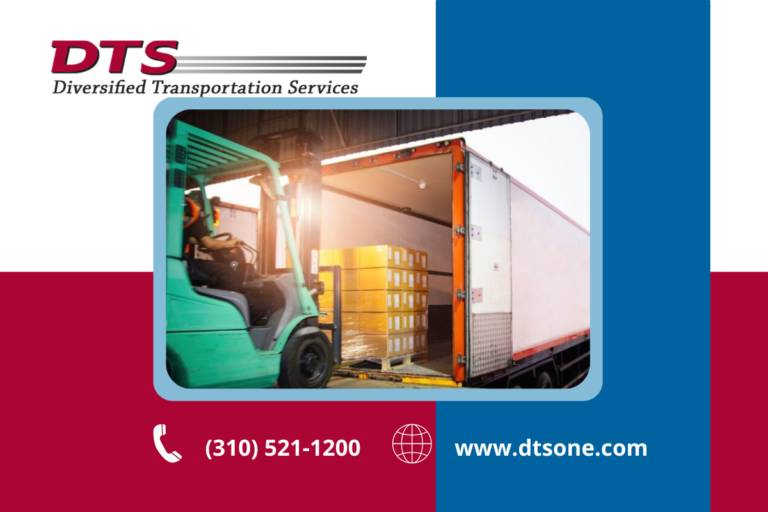
In LTL freight shipping, understanding how density affects the many elements in shipping is important when loading up.
When you load your car for a weekend getaway, you probably don’t randomly throw all your baggage and items into the trunk. You strategically place each piece of luggage and pack everything closely to ensure it all fits without anything getting crushed or damaged.
What Is Freight Density?
Freight density is the weight of the space an item occupies—meaning the higher the density of the item, the lower the classification and vice versa.
When the company has determined your shipment’s classification, it can affect the entire shipment’s cost—which is one of the main reasons freight density matters in LTL shipping. To stay on budget, you need to know the shipment’s density more than the weight so you can calculate to get an accurate classification.
Why Does Freight Density Matter?
Determining freight density is cost-effective. Since the overall cost of your LTL shipping depends on the density, it’s best to have a reliable scale on hand. This way, you can take measurements that are as accurate as possible to get an estimated classification and price.
This small step can make a big difference in your shipping operation. A small error could affect freight classification and your overall budget. When measuring, remember to take your packaging into consideration because carriers will consider packaging part of the total load.
How To Determine Density
As stated above, to accurately find the shipment’s class, you must find the density. This is essential to provide to your 3PL so they can accurately rate your shipment and for your team to gauge how much your shipment will cost. Here is how to determine the density:
Alternatively, it’s always best to use a density calculator.
Finding a trustworthy 3PL company that provides less than truckload transportation is essential to your business. At Diversified Transportation Services, we offer LTL shipping quotes. We provide concierge transportation services and proactive customer service to make shipping easier for you and your team. For more information, please don’t hesitate to contact us for a quote today.
Whether you're a company looking to improve one facet of your supply chain, your entire supply chain, or simply looking for a transportation and logistics consultation, we can help.